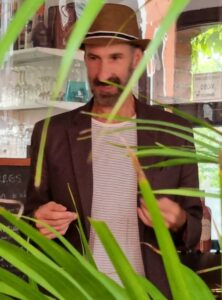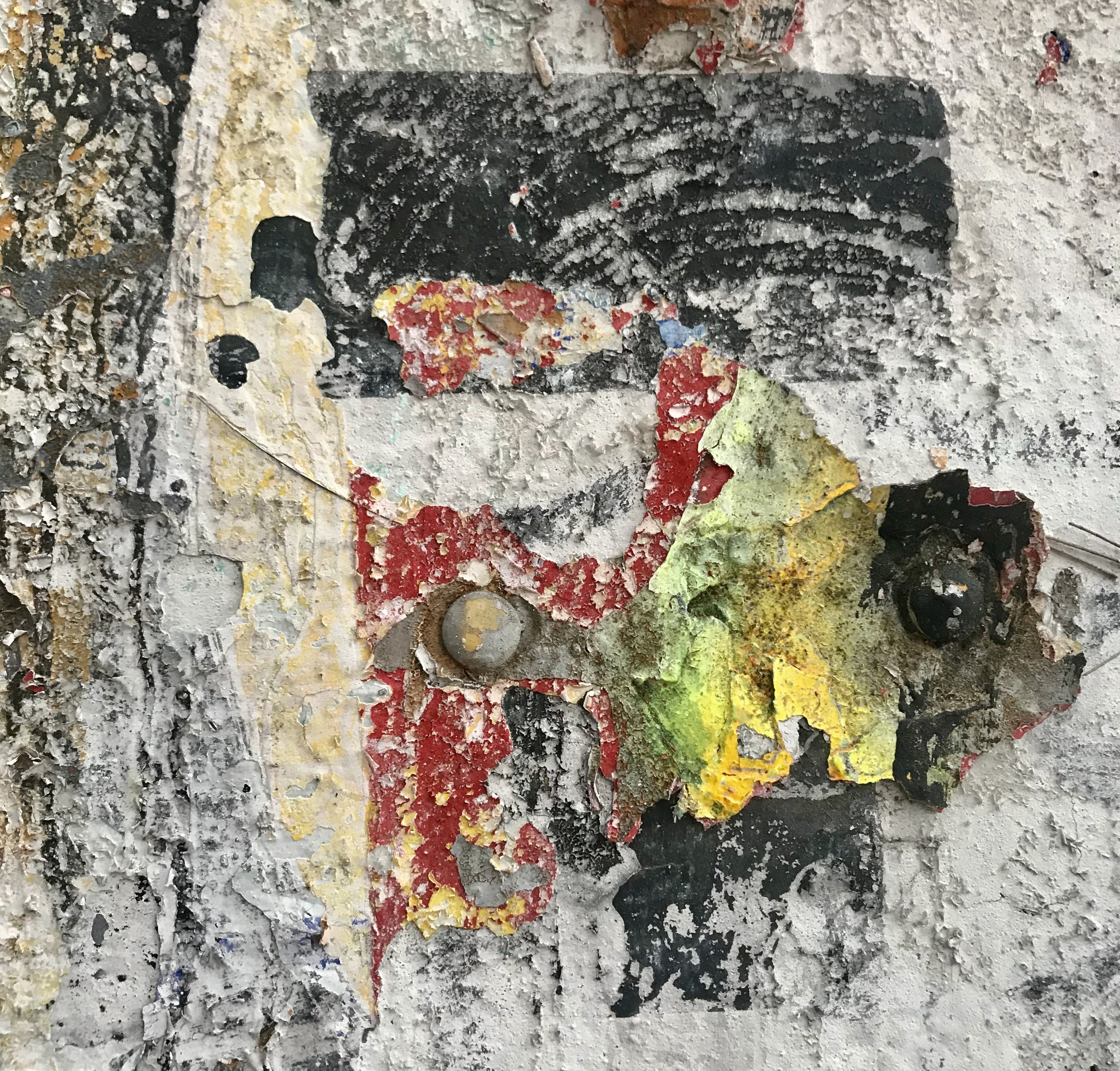Chapultepec: hacia la escultura social
(pp. 122-138; DOI: 10.23692/iMex.22.10)
 Loading...
Loading...José Ramón Ruisánchez

José Ramón Ruisánchez was born in Mexico City in 1971. In addition to his monographs Historias que regresan (2012) and La reconciliación (2019), he has published more than thirty articles and chapters on Latin American literature from the nineteenth to the twenty-first centuries.
He is the editor of the volume Libro mercado: literatura y neoliberalismo (2015).
He is one of the co-editors, along with Ignacio Sánchez Prado and Anna Nogar of A History of Mexican Literature (2016), A History of Mexican Poetry and A History of Mexican Novel (2021), published by Cambridge. And, together with Oswaldo Zavala, of Materias dispuestas: Juan Villoro ante la crítica (2011). He has also published seven books of fiction.
He is a professor in the Spanish department at the University of Houston.
This article thinks how the meaning of sculpture has changed from the heroic monument of the State-formation period. Today, it is, rather a flexible environment that, instead of presenting a static vision of the past, includes the moveable and complex interacting parts of the present. This vision is the core of what Gabriel Orozco has planned for the future of the city’s largest park.
Partiendo de una vivencia personal durante la pandemia en el Bosque de Chapultepec, se explora aquí la honda modificación de lo que significa la escultura en la lógica de la Ciudad de México. Pasando del monumento heroico que conmemora los momentos de la formación del Estado, a una flexibilidad en que sus partes están constantemente en movimiento y constituyen no una mirada solamente sobre un pasado sino una manera de ordenar el presente y que es la que ha propuesto Gabriel Orozco para el futuro de Chapultepec.
Introduction
XXII. J. R. Ruisánchez / M. Moreno Carranco – Introducción
Interview
XXII. Brian Price – Entrevista con Pedro Ángel Palou
Articles
XXII. Jorge P. Uribe Llamas – Cambio de tiempo
XXII. Colectivo Maltipú – Avisos del Diario de México y mensajes de Whatsapp
XXII. Víctor Sánchez Villareal – Postales de lo infraordinario
XXII. Y. Rodríguez González – Los cines donde vi mi cine
XXII. Georgina Cebey - Güeros y Museo
XXII. Y. Hadatty Mora – La Ciudad de México en los años veinte
XXII. M. Moreno Carranco – Narrating urban change
XXII. José R. Ruisánchez – Chapultepec


